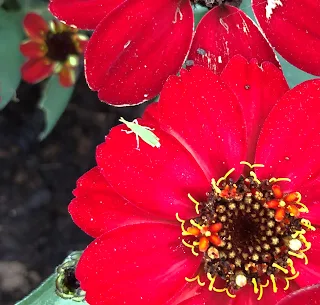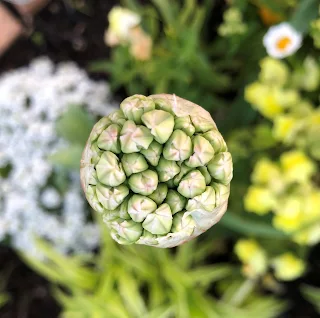This bright yellow and the medial long stamens caught my eye. This is common St. John's wort.
 |
| Common St. John's wort 未央柳 |
 |
| Many common St. John's wort flowers 未央柳がいっぱい! |
Common St. John's wort is tricky because it so looks like "goldencup St. John's wort." I actually had mistaken these "common" ones for "goldencup" ones until realizing the difference that the common one is "hairy," i.e., it has numerous long stamens while the "goldencup" not.
If you found this hairy yellow flower beautiful, read another post about nigella or live-in-a-mist, which is also hairy!
(If you wish to post your comment but don't have a Google account, select "anonymous" from the drop down menu titled "comment as"!)
立札に「美容柳(ビヨウヤナギ)」とありました。でもそれは間違いで本当は「未央柳」だそうです。そして柳でもないそうです。。。 えっ! いい加減すぎるでしょ😡。でもそんな怒りを帳消しにするほどの未央柳の色と形です。
名前の由来は、この花が未央宮の柳に似た葉を持つからとのこと(出典:Wikipedia)。
毛深いお花がお気に召した方は、これまた毛深いニゲラについてもどうぞ!ちなみにこの毛(ではなくて正しくは雄しべ)がなければ危うくキンシバイと間違えるところでした😁
(Google アカウントを持ってない方は、コメント記入後に「Google アカウント」をクリックし、「匿名」か「名前/URL」を選択してからご記入ください!)


















































